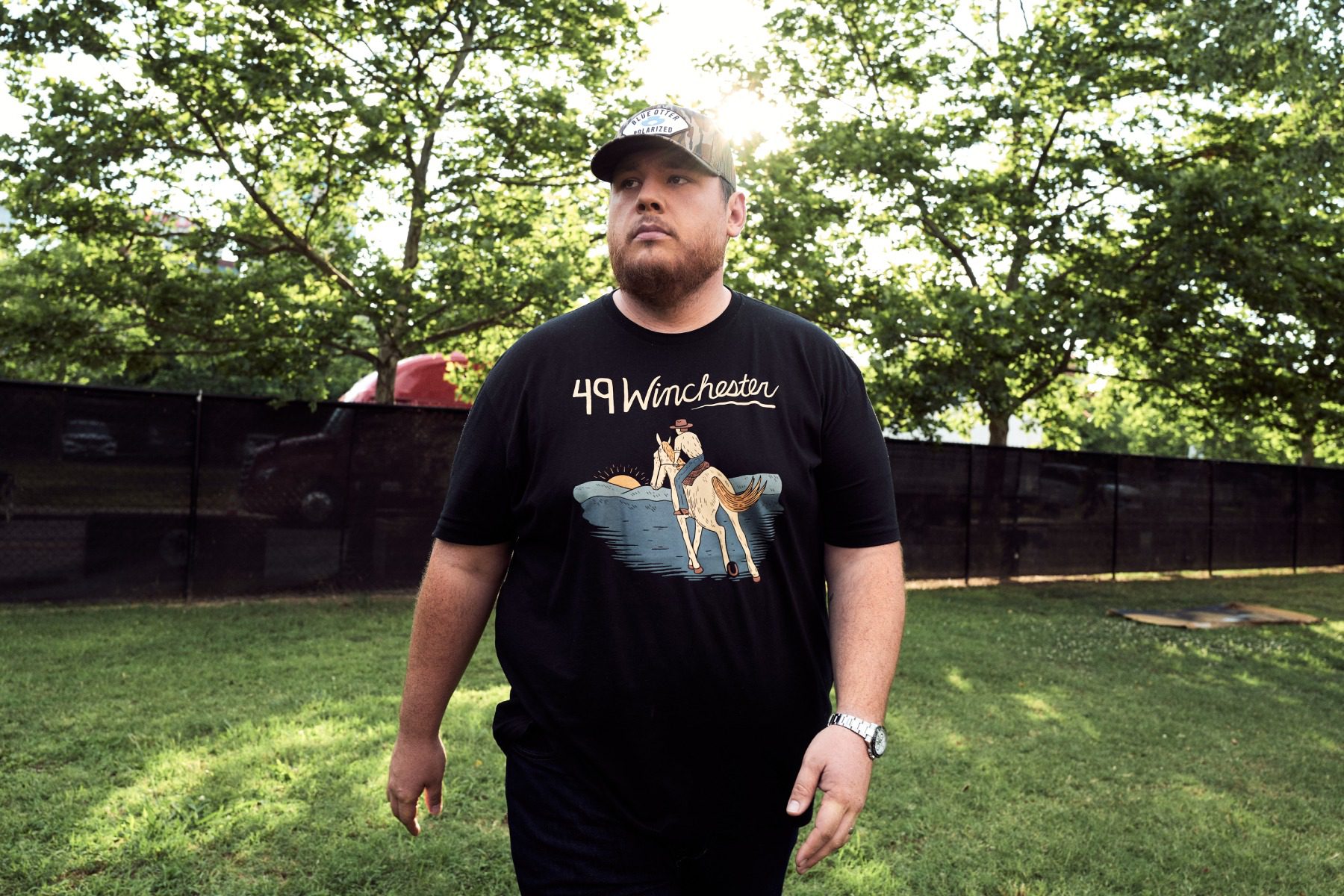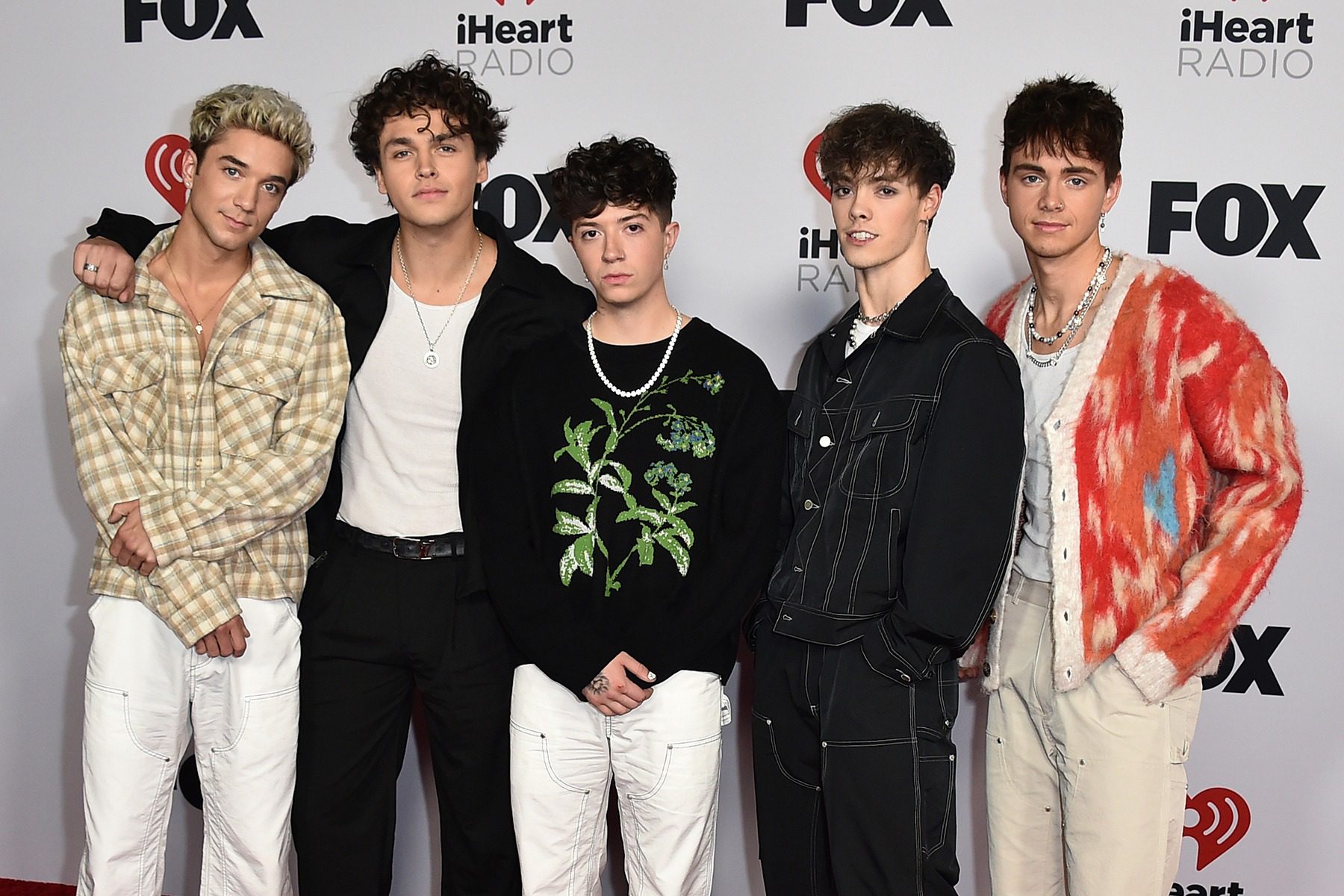
‘I Think We Opened Doors’: Las Ketchup Look Back on ‘The Ketchup Song’ at 20
Lola Muñoz has explained the meaning of the “The Ketchup Song” more times than she can count, but she’ll try once more: “The song,” says the singer — one of three sisters, alongside Lucía and Pilar, who make up the Spanish pop trio Las Ketchup — “is about Diego, not us.”
Diego is the drunk, hip-hop-loving protagonist of the song, the oddball 2002 Las Ketchup track (originally titled “Aserejé”) that hit Number One in two dozen countries, anchored a four-times platinum album, and eventually spawned the biggest novelty dance craze since the Macarena. At the center of the song’s pre-YouTube-era virality was the trio’s choreographed dance, seen in the video, to its gibberish chorus (roughly: “aserejé-ja-dejé …”). But what many English-speaking “Ketchup Song” fans may have never realized is that the chorus is itself a nonsensical mangling of the refrain from another classic record: “Rapper’s Delight,” the Sugarhill Gang’s pioneering 1979 hip-hop classic.
blogherads.adq.push(function () {
blogherads
.defineSlot( ‘medrec’, ‘gpt-dsk-tab-article-inbody1-uid0’ )
.setTargeting( ‘pos’, [“mid-article”,”mid”,”in-article1″,”mid-article1″] )
.setSubAdUnitPath(“music//article//inbody1”)
.addSize([[300,250],[620,350],[2,2],[3,3],[2,4],[4,2],[640,250]])
;
});
“Diego likes ‘Rapper’s Delight’ by the Sugarhill Gang, so Diego goes out onto the street, Diego drinks his drinks, and Diego livens up,” Lola says of the plot, if you will, of “The Ketchup Song” during a recent Las Ketchup group interview over Zoom. “So Diego goes to the disco to listen to the song he likes, and what comes out is the same as what I would [sing] if I wanted to sing that rap, because I don’t know a lot of English.” (Manuel “Queco” Ruiz, a Spanish producer who wrote and produced all the group’s material, has described Diego as “someone who likes to dance to [‘Rappers Delight’] starting at midnight.”)
Twenty years on from its release, “The Ketchup Song” has, like so many forgotten pop oddities, been given a new life through TikTok. A slew of influencers, recording artists, and YouTubers — from J-pop group the Rampage to the Latina girl group Angel22 and the pop singer Ludwig — have resurfaced the song’s made-for-TikTok dance, cementing its status as a global symbol of early-2000s nostalgia. (Videos featuring the song have been viewed more than 33 million times on the platform.) Las Ketchup have never fully stopped performing the song on the occasional European television show, but this year the group has embarked on a proper world tour to celebrate the song’s 20th anniversary, crisscrossing Europe and Mexico. At the tour’s Madrid opener in March, the trio was overwhelmed by the younger generations of fans who came to hear a song recorded before they were born. “The people continue to receive it with happiness, dancing to it, singing along to it, almost like in the beginning,” says Lucía.
“The Ketchup Song” has become an unusual pop artifact, the curious case of a song whose plot ended up predicting its own success. “The Ketchup Song” is, ultimately, a song about loving a piece of music despite not being able to understand any of its lyrics — a phenomenon that the enduring popularity of “The Ketchup Song” in the non-Spanish-speaking world continues to reinforce and replicate.
“Imagine that you and I are listening to a K-pop song right now, and we love it, and we start singing it in Korean,” says Pilar. “The Koreans would be laughing a lot at us because we surely wouldn’t be saying any of the words correctly. Well, this is the story of this song: Some Andalusian girls are singing ‘Rapper’s Delight’ by the Sugarhill Gang, and they start to sing in English, but they don’t know how to sing in English, so they sing what they hear — what they think they are saying.”
Mark Bond can still remember the first time he heard “Aserejé.” It was the spring of 2002, and Bond, Sony’s VP of artist marketing in Europe at the time, attended an A&R meeting at the company’s office in London. Paul Burger, the company’s president, was riled up about a song he’d just heard from a group formed by the three daughters of the famous Cordoban flamenco guitarist Juan Muñoz, known as “El Tomate,” or “Tomato.” (The group’s name itself was a playful homage to him.) Producer Queco, who incorporated a variety of musical influences — from flamenco to Grease to the opera Carmen — into the song, started writing it as a joke.
blogherads.adq.push(function () {
blogherads
.defineSlot( ‘medrec’, ‘gpt-dsk-tab-article-inbody2-uid1’ )
.setTargeting( ‘pos’, [“mid-article2″,”mid”,”in-article2″,”mid-article”] )
.setSubAdUnitPath(“music//article//inbody2”)
.addSize([[300,250],[300,251],[620,350],[2,4],[4,2],[3,3],[2,2]])
.setLazyLoadMultiplier(2)
;
});
According to Billboard, after the song was released and became an instant Number One throughout Latin America, Sony turned its focus to Europe. “We had a plan to promote the song throughout the holiday resorts in Europe, and it was soon impossible to escape it,” Bond tells IndieLand. “People went home from their holidays with the song in their heads, not wanting the party to end, and sales exploded.”
Over the span of a few months, Las Ketchup went from recording in utter obscurity in their hometown of Córdoba, in southern Spain, to becoming one of the world’s biggest pop groups. When the song was released, they hadn’t even finished recording their debut album, Hijas del Tomate (translation: “daughters of the tomato”), which would go on to sell more than 3 million copies.
“All of a sudden, you started to hear the song, so we had to record the album really fast,” says Pilar. “We only had eight songs, but they wanted us to start promoting ‘Aserejé’ right away. Everything was really quick.”
For the remainder of 2002, “The Ketchup Song” was inescapable. The label churned out remixes (a Christmas remix, a “Motown” remix, an instrumental); four versions of the song wound up on Hijas del Tomate. Covers by local bands in Mexico and Brazil hit the charts; a political parody sprung up in Germany; a popular animated singing bird known as Chichicuilote even recorded a version aimed at children.
After the song spent several months as the most-played song in Europe, Sony tried to break “The Ketchup Song” in the United States, recruiting Manny Benito, who had recently converted the Spanish-language “Une Noche Más” by Jennifer Lopez into her pop hit “Waiting for Tonight,” to work up a Spanglish rendition of the record. But neither the adapted version nor the original recording ever caught fire: “The Ketchup Song” was never released as a proper commercial single in the U.S., and despite regular airplay in markets like New York, it peaked at a mere Number 54 on the Hot 100 (between Matchbox Twenty’s “Disease” and John Mayer’s “No Such Thing”).
To this day, the group doesn’t quite understand why the song failed in the U.S. when its Spanglish-version topped the charts in English-speaking countries like England, Ireland, Canada, and Australia. “I don’t know,” says Lola. “You’d have to ask the Americans.”
By the end of 2002, the song started to take off in Indonesia and the Philippines, but by then, the group had already begun to sour on their global stardom. In January 2003, the group told a Chilean newspaper that they had grown “a little tired” of “The Ketchup Song.”
blogherads.adq.push(function () {
blogherads
.defineSlot( ‘medrec’, ‘gpt-dsk-tab-inbodyX-uid2’ )
.setTargeting( ‘pos’, [“mid”,”mid-articleX”,”in-articleX”,”mid-article”] )
.setSubAdUnitPath(“music//article//inbodyX”)
.addSize([[300,250],[300,251],[3,3],[620,350],[2,2]])
.setLazyLoadMultiplier(2)
;
});
The next several years were plagued by a series of lawsuits between the group, Queco, and the label, and, eventually, an unsuccessful lawsuit from the Sugarhill Gang, according to the Spanish newspaper ABC. That web of legal entanglements resulted in a second album titled Un Bloodmary in 2006 that was promptly shelved after its release due to yet another lawsuit that left the group unable to continue recording. That year, the group briefly performed the title track of its second album at Eurovision (its chorus: “duty free, duty free, duty free, un Bloody Mary, por favor”) before being quickly eliminated. The group would later disavow the performance, and Las Ketchup declined to talk about its post–”Ketchup Song” career with IndieLand. Mired in lawsuits that prevented them from recording new music, according to El Mundo, Lucía and Pilar became hairdressers, while Lola went on to study flamenco and plans to write a biography of her father.
The group remains as proud as ever of “The Ketchup Song,” which it sees as having paved the way for a larger global appreciation of “Spanish flamenco pop,” as the band puts it, that has since seamlessly integrated into the American mainstream, thanks to artists like Rosalía.
“I think we opened the doors in many countries,” says Pilar, “Our music has a lot of Spanish influences.… And Spain had an opportunity [with “The Ketchup Song”] to be an open door for many of the Spanish artists here, and there are a lot of artists here in Spain who have so much musical richness.”
Lola has a simpler take on the enduring popularity of “The Ketchup Song”: “Our music continues to be a music that’s fun, danceable, uncomplicated,” she says. “When we decided to make music, it was to take away a little of the drama of life, to give a fun happy perspective. This was the idea.”




